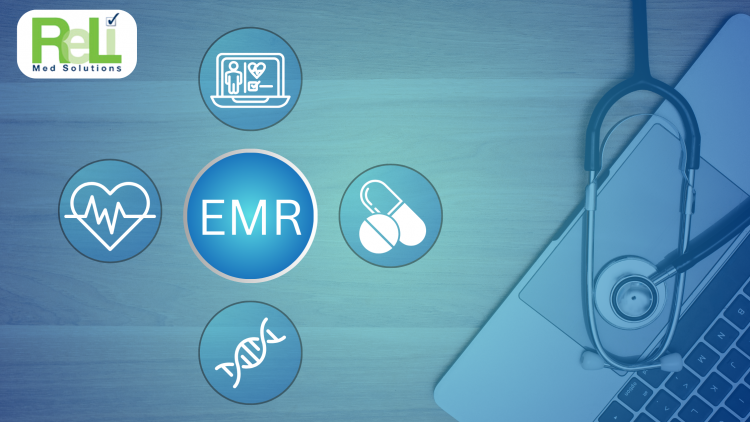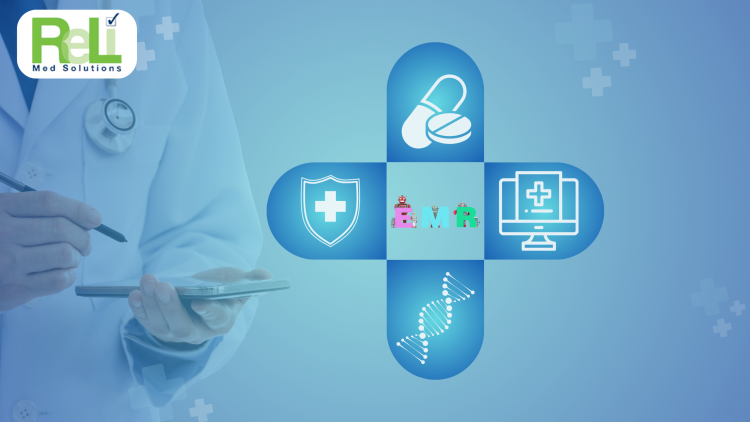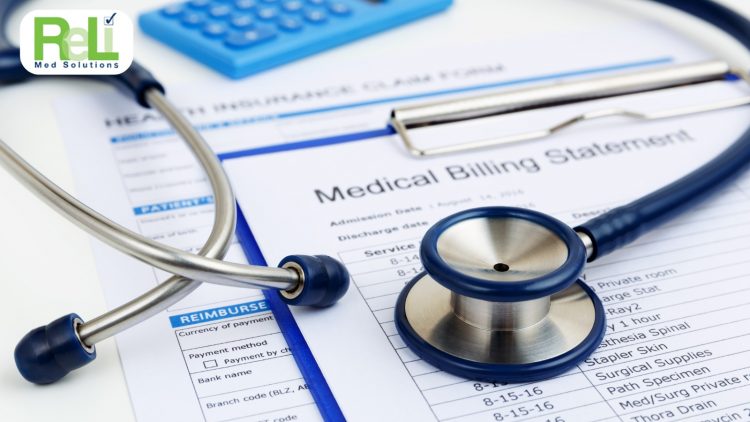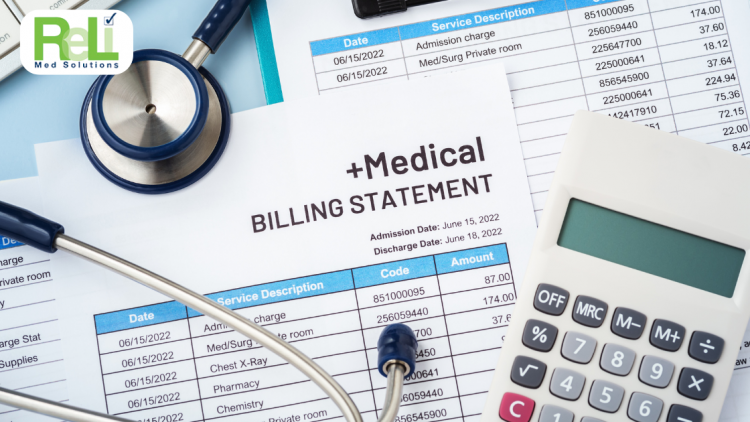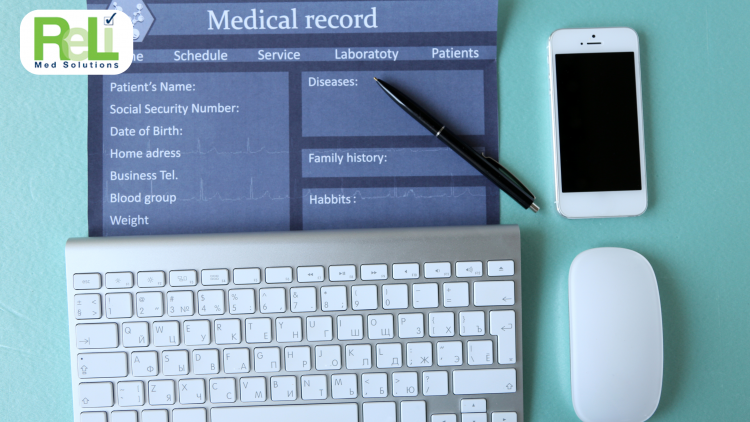Why Scheduling by Provider and Custom Resource Allocation Enhances RCM in Modern Healthcare
In today’s fast-paced healthcare environment, managing resources and scheduling effectively has become a cornerstone for maximizing Revenue Cycle Management (RCM) and ensuring seamless patient care. Healthcare facilities face numerous challenges, from coordinating patient appointments to managing resource allocation. To tackle these efficiently, the integration of advanced scheduling systems has become essential. This blog explores how scheduling by provider and custom resource allocation enhance RCM, streamline operations, and improve overall healthcare efficiency.
Balancing Provider Schedules and Resource Needs
Scheduling by provider involves organizing appointments and tasks based on each healthcare provider’s availability, specialization, and workload. This system ensures that patients are matched with the most appropriate provider, optimizing their care and reducing wait times. On the other hand, custom resource allocation focuses on strategically distributing healthcare resources like medical equipment, staff, and rooms to meet the specific needs of various departments and patient demands. These two approaches work in tandem to maximize resource utilization and minimize operational bottlenecks, which in turn enhances the overall efficiency of healthcare facilities.
How Effective Scheduling Enhances RCM and Profits?
Effective scheduling by provider plays a crucial role in enhancing RCM. By aligning patient appointments with the expertise and availability of specific providers, healthcare facilities can significantly reduce patient wait times and boost service quality. This targeted approach not only increases patient satisfaction but also improves appointment adherence and follow-up care, directly impacting the revenue cycle.
When scheduling is done efficiently, providers can manage their time better, reducing idle periods and enhancing patient throughput. This improvement in Practice Management ensures that healthcare providers see more patients without feeling overwhelmed, which maintains a steady flow of revenue. Satisfied patients are more likely to return and recommend the facility to others, boosting both patient loyalty and profitability.
Prevent Overbooking and Minimize Costs in Healthcare
Custom resource allocation is essential for driving RCM efficiency. By strategically managing medical equipment, personnel, and facilities, healthcare administrators can reduce idle time and ensure resources are available when needed. Effective resource allocation prevents overbooking, minimizes unnecessary expenses, and enhances the overall patient experience by ensuring timely and appropriate care.
By making critical resources available for high-priority cases, healthcare facilities can avoid delays and ensure that each patient receives the necessary care without unnecessary waiting. This optimization not only improves operational efficiency but also prevents revenue loss due to resource mismanagement, supporting the financial health of healthcare operations.
Streamlining Medical Billing with EMR and Scheduling
Integrating Electronic Medical Records (EMR) with scheduling by provider and custom resource allocation offers a holistic approach to Revenue Cycle Management. EMR systems provide real-time access to patient information, facilitating accurate scheduling and resource planning. When EMR, scheduling, and resource allocation are synchronized, healthcare providers can reduce administrative errors, enhance patient care coordination, and ensure accurate billing and coding processes, all of which lead to more effective Medical Billing Services.
Efficient use of EMR systems enables healthcare facilities to track patient visits, manage treatment plans, and improve communication between different departments. This streamlined approach not only enhances patient care but also ensures accurate documentation and billing, which are critical components of robust RCM.
ReLi Med Solutions for Optimal RCM
ReLi Med Solutions provides innovative tools and technologies that optimize scheduling by provider and custom resource allocation. By implementing these advanced systems, healthcare facilities can streamline operations, reduce costs, and enhance patient satisfaction. ReLi Med Solutions focuses on improving RCM through efficient resource utilization and personalized healthcare strategies, such as integrating Patient Portals and Health Information Exchange (HIE) systems.


